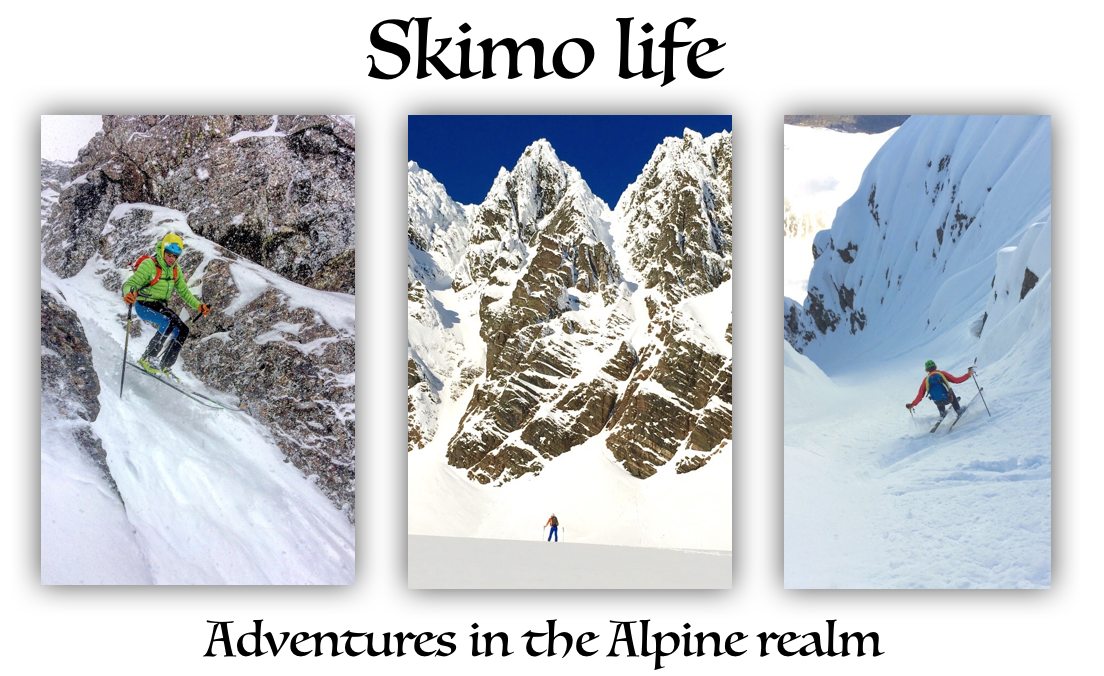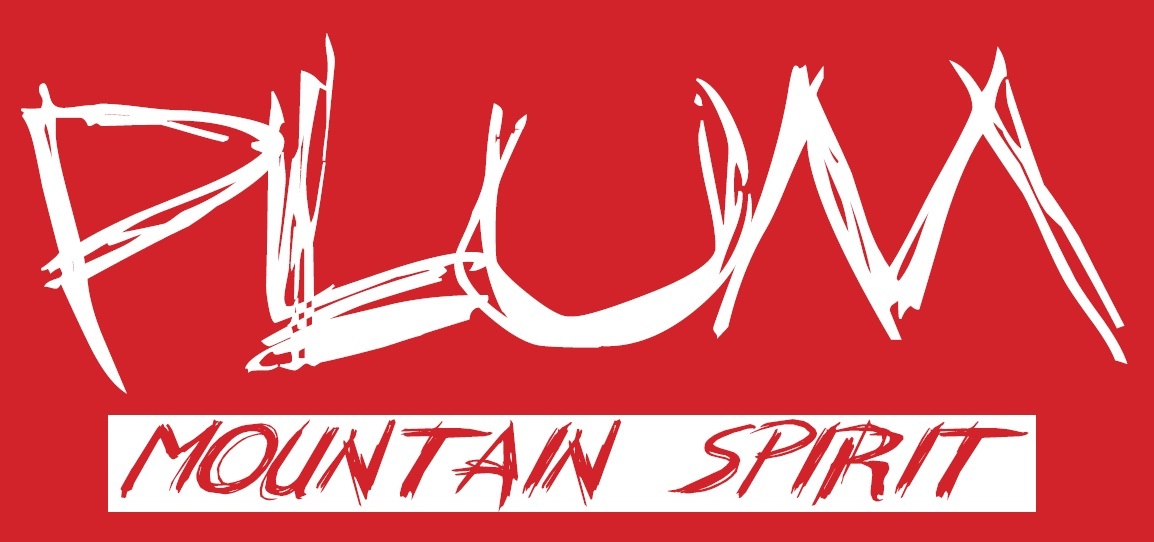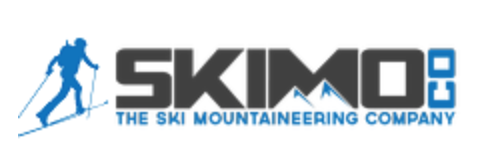Off-Season Rando Training
 Thursday, May 21, 2009 at 11:57PM
Thursday, May 21, 2009 at 11:57PM I received an email from a reader with whom I have had a discussion regarding training for ski mountaineering racing. I thought it would make a nice jumping off point for summer training for a winter sport.
Brian,
Hope your season went well, and the spring is moving along.
I had another rando training question for you. After a good strong first season, following your training advice from the fall, I am ready to start a new year now, to be ready for next year. I will continue to do Long Slow Distance primarily for my cardio, lots of walking up the mountain with ski poles, but am curious to know what I should be doing for strength training. My understanding is that I should use spring as a time to build muscle, the early summer to work with max strength, and late summer/early fall power, with a bit of endurance through the whole summer. I am lost for what kind of exercises or training regimes to do. I do know that core work is really important, but how I design my routines I am not quite certain. Any thoughts on this? - Alex
The first thing to note here is that Alex is a single sport athlete right now, at least that is what I'm getting from his email. This allows him the luxury of periodizing his preparation for next season. Since I bike race in the summer, my approach is different by necessity. I continue to strength train during the summer but my time in the gym is short and aimed at holding on to my form and some of my strength so that next fall is not so painful.
Without the distraction of competition in the summer, training can be very methodical and planned. Alex has the right idea in terms of what to do when but lacks the specific modalities. Without planning out his whole season, I will try to give a general idea of training goals and their temporal relationships as the season approaches.
First of all, aerobic base cannot really be over developed. As I have discussed in previous posts, this base preparation and maintenance is what allows us to tolerate the heavy intensity of interval and speed work later on. For the winter athlete the summer is a great time to develop this and also take a break from high intensity endurance training. There will be plenty of intensity in the gym but this is under the squat rack and very short in duration. Certainly, an entirely different beast altogether. The downside of LSD endurance work is that it may detrimentally hinder strength gains in the weight room. With this in mind, the mid to late summer pure strength phase should be accompanied by a reduction in overall volume of aerobic training. How much to back off is a personal decision best arrived at through experimentation. Ultimately, you will still gain strength but your weight work outs will be more productive if your legs are fresher.
The science behind this recommendation has to do with how certain Type II fast twitch fibers respond to endurance training. It seems that when exposed to high volumes on LSD, these vital strength and power-oriented cells start acting like Type I one slow twitch fibers. This is all well and good if you never want to accelerate in a snappy, race-winning, competitor-vanquishing fashion. But if you have some of those experiences in mind then you need to blunt that cellular adaptation by training your sprint and/or pushing some heavy iron around. As I have pointed out in the past, these Type IIb fibers respond to all out efforts at fast contraction speeds or really heavy resistance. Remember, it is the INTENT to move quickly that matters.
Now, if your sport does not require these types of accelerations then, perhaps, your time is better spent training only endurance. My summer sport, bicycle road racing, requires numerous accelerations and sprints throughout the course of a race so I will continue to sprint and lift heavy. Randonee racing, on the other hand, has few of these moments so one could argue against power and sprint training. However, screaming downhill in floppy boots and skinny skis over variable terrain requires strength and control that may benefit from specific training. Weight and plyometric training are no substitute for actually skiing downhill in those floppy boots during training but it might make you more bullet proof when conditions get challenging.
Assuming you have made the decision to do some pre-season gym training, what to do and when to do it are the questions that need to be answered. Now, I'm no programming expert so I will leave the specifics to the coaching gurus out there. There are dozens of articles and books that deal with periodizing different aspects of our training year. To paint it in broad strokes, however, I would say to spend a good part of the summer training endurance. An anaerobic session once or twice a week should keep the engine primed for hard efforts. Do these fartlek style and keep the structure loose. I would train as sport specifically as possible which, for a ski mountaineer, would mean getting on the roller skis. If you are serious, that is where the money is. Otherwise, running uphill with poles would be good and then, my favorite, riding a bike. Now, cycling is not very specific to skiing, that's for sure, but it will condition the engine as well as anything and allows for multiple hour sessions without feeling like you got hit my a truck. Can't say running ever treated me that well after 60-90 minutes. Included during this time would be two days a week adapting to the movement patterns of front squat, deadlift and maybe even leg pressing. Nothing heavy here, just 10-12 reps for 3 sets of getting the groove laid in deep so we can go heavy later.
Sometime around the middle of August I would reduce the endurance volume and start hitting the weights heavy 2-3 times per week. Reps can be dropped initially to 8 and then, when you feel ready, down to 5 and even 3 per set. Five sets would be typical. There are lots of rep and set schemes for strength that you can use. Pick one you like and stick with it. Six to eight weeks is plenty of time to work into max efforts in the weight room. This would then lead to a transition to more explosive movements that could include but are not limited to sled pushing, sprints of any sort, Litvinov conversions, box jumps, depth jumps and anything else that sounds fun and explosive. Sport specific training would continue during all this but the focus would be on the weights for awhile.
Once the competitive season begins, the trick is maintaining the strength gains. Many athletes would simply stop the weights but I believe in continuing them on a significantly reduced volume in order to maintain the gains. I typically keep the weight as high as I can handle for 1-4 reps and 3-5 sets not including warm-up. I'm lucky if I can do this more than once a week. I will include a few sets of plyometrics as well. In spite of the limited nature of this maintenance program it is possible to hold on to quite a bit. I tend to do it on my interval day before going out on skis. If I'm not racing that weekend I will throw in another day with lighter weight and much higher reps and do a lactate tolerance workout after training. This could be 3 sets of 30 reps with 2 minutes rest using 50% one rep max for the back squat or leg press. These should be quite grueling but demand the fitness needed to descend without stopping.
I would limit upper body exercise to a minimum, using mainly body weight for a few sets of push ups and pull ups. I think an overhead pressing movement is nice, as well, and usually use a kettlebell for these. Throw in some ab wheel roll out work and you have the core covered. I find that with getting 15 hours a week on skis and working full-time I don't have much energy for more.
Although it's painful watching the upper body waste away, the trade off is huge once the uphill battles begin. If any of your ego is tied up in how you look with your shirt off, and any former gym rat is guilty of this, it will take some getting used to being this skinny. On the other hand, if you want to be your best on race day when the course turns uphill you must be willing to kiss that beach muscle goodbye and say hello to your best performance. - Brian
 Brian |
Brian |  Post a Comment |
Post a Comment | 





Reader Comments